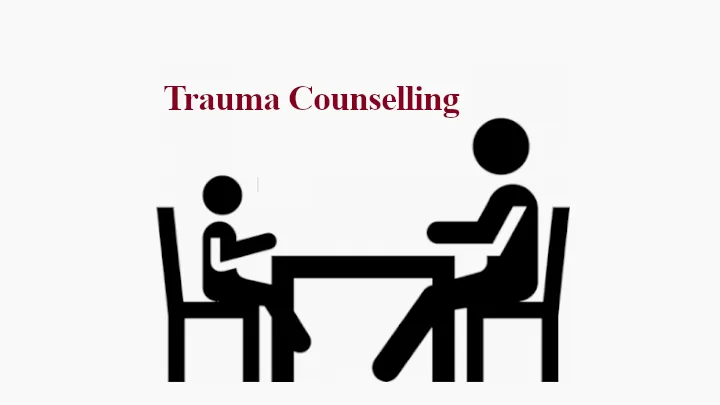Common Signs You Need Trauma Counselling

Experiencing a traumatic event can be pivotal in a person’s life. It can stem from diverse circumstances, like physical maltreatment, acts of nature, vehicular mishaps, or sexual violations.
The impact of such experiences varies from one person to another. Some individuals might slowly return from their trauma, while others might require long-term interventions such as trauma counselling.
Nevertheless, acknowledging an issue is the initial stride toward seeking the necessary assistance. In this article, we’ll delve into some prevalent indications that suggest you might benefit from trauma counselling and how it can assist you in navigating beyond your painful experiences and starting the healing process.
Re-experiencing the Trauma
A prevalent trauma symptom is the recurrence of the distressing incident through invasive recollections, vivid reminiscences, or disturbing dreams. These intrusive memories might be instigated by individuals, locations, or objects that bring back the traumatic event, leading to feelings of helplessness or intense fear.
If you notice that you’re enduring these symptoms, it could be a sign that you require trauma counselling. A professional counsellor specializing in trauma can assist you in pinpointing your triggers and establishing efficient strategies to manage your unsettling memories.
Avoidance
Certain individuals who have experienced traumatic events may evade specific individuals, locations, or activities that bring back memories of the distressing incident. This conduct, referred to as avoidance, can profoundly impact your day-to-day life, obstructing your social connections, professional life, and personal development.
Fortunately, collaborating with a trauma therapist can assist you in recognizing scenarios that might trigger avoidant behaviour and create constructive strategies to help you face your apprehensions.
Difficulty Sleeping and Concentrating
Trauma can lead to disrupted sleep and issues with maintaining focus. It’s important to note that many individuals dealing with trauma frequently report intense nightmares that interrupt their sleep and leave them feeling drained during daytime hours.
Moreover, those coping with trauma may struggle to concentrate, experience memory lapses, and maintain attention.
Engaging in trauma counselling can assist you in formulating methods to enhance your sleep routine and focus on establishing beneficial habits and practices that can mitigate some of these difficulties.
Feelings of Agitation or Anger
People who experience traumatic events may also struggle with agitation or anger. These strong emotions often arise from helplessness, fear, and anxiety and can harm relationships with loved ones and your overall well-being.
Through trauma counselling, a trained therapist can use evidence-based techniques to help you manage strong emotions and build healthy communication skills, ultimately improving your interpersonal relationships and promoting personal growth.
Feeling jumpy and or skittish
Another common sign that you may require trauma counselling is if you find yourself feeling jumpy or skittish. This feeling often stems from having a heightened sense of vigilance and hyper-arousal.
People with trauma alert systems can often go into overdrive, making even harmless situations seem dangerous. A trauma counsellor can help you rewire your brain’s response and better manage your heightened alert system.
In Conclusion
Some people can process the distressing event independently, while others may require prolonged intervention like trauma therapy. If you notice any of the indicators referenced earlier, it could be an indication to initiate your journey toward recovery.
Trauma therapy provides a secure environment where individuals can acquire new abilities to handle and overcome the repercussions of trauma. We trust this article has shed light on recognizing signs of trauma and how trauma therapy can aid you in progressing positively and healthily.





